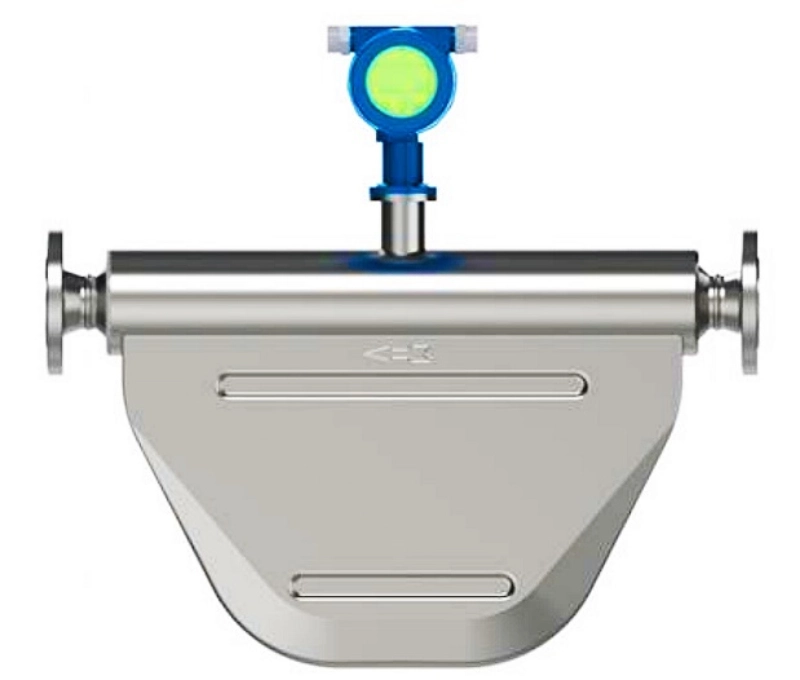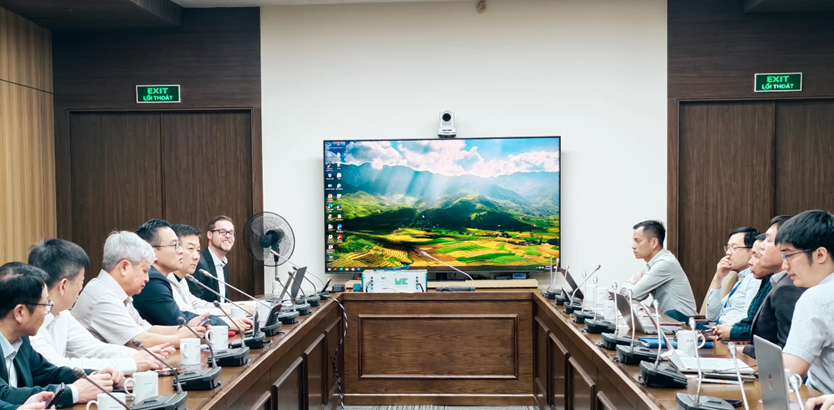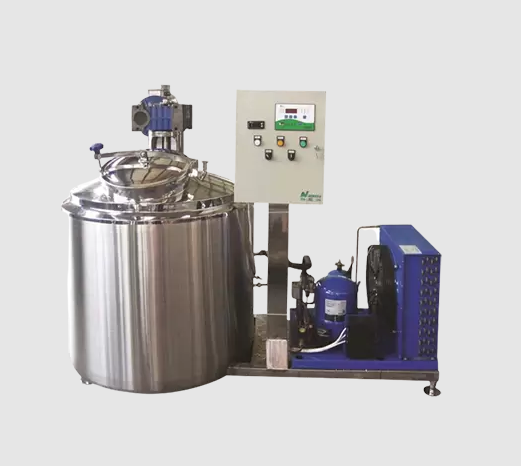The Pacific Ocean, the largest and deepest ocean on Earth, is not only a vast expanse of water but also a treasure trove of minerals and resources. Covering more than 63 million square miles, it plays a crucial role in global climate regulation, biodiversity, and the economy. This article delves into the various minerals found in the Pacific Ocean, their significance, and the implications of their extraction and utilization.
- The Geological Context of the Pacific Ocean
To understand the minerals present in the Pacific Ocean, one must first appreciate its geological context. The ocean floor is characterized by diverse geological features, including mid-ocean ridges, deep-sea trenches, and volcanic islands. These features are the result of tectonic activity, which not only shapes the ocean's landscape but also influences the distribution of minerals.
1.1 Hydrothermal Vents and Seafloor Spreading
Hydrothermal vents, often found along mid-ocean ridges, are hotspots for mineral deposition. These vents release superheated water rich in dissolved minerals, including copper, zinc, lead, and various sulfides. The process of seafloor spreading contributes to the formation of these vents, creating an environment conducive to mineral accumulation.
- Key Minerals Found in the Pacific Ocean
The Pacific Ocean is home to a variety of minerals, each with unique properties and applications. Here are some of the most significant:
2.1 Manganese Nodules
Manganese nodules are potato-sized lumps found on the ocean floor, primarily composed of manganese, iron, copper, nickel, and cobalt. These nodules form over millions of years and are of great interest due to their potential as a resource for critical metals. The economic viability of mining these nodules is currently being explored, particularly as demand for battery materials increases.
2.2 Polymetallic Sulfides
Found near hydrothermal vents, polymetallic sulfides are rich in valuable metals such as gold, silver, and copper. These deposits form from the precipitation of minerals when hot, mineral-laden water meets the cold ocean water. The extraction of polymetallic sulfides poses both opportunities and environmental challenges, as the mining process can disrupt delicate ecosystems.
2.3 Rare Earth Elements (REEs)
The Pacific Ocean is also believed to contain significant deposits of rare earth elements, which are critical for modern technology, including electronics, renewable energy, and defense systems. These elements are often found in sediments and can be extracted through various methods, although the environmental impact of such extraction remains a concern.
- The Economic and Environmental Implications of Mineral Extraction
While the potential for mineral extraction in the Pacific Ocean is enticing, it raises important economic and environmental considerations.
3.1 Economic Opportunities
The minerals found in the Pacific Ocean can significantly contribute to global economies, particularly for nations bordering the ocean. The demand for metals used in technology and renewable energy is on the rise, making the exploration and extraction of these resources economically attractive. However, the economic benefits must be weighed against the potential environmental costs.
3.2 Environmental Concerns
Mining activities in the Pacific Ocean can have profound impacts on marine ecosystems. The disturbance of the seabed can lead to habitat destruction, sediment plumes, and the release of toxic substances. Moreover, the long-term effects of such activities are still not fully understood, necessitating comprehensive environmental assessments before any large-scale extraction projects are initiated.
- Future Directions: Sustainable Practices and Research
As interest in the minerals of the Pacific Ocean grows, so does the need for sustainable practices in their extraction and utilization. Research is ongoing to develop environmentally friendly mining technologies and to establish regulatory frameworks that protect marine ecosystems.
4.1 International Collaboration
Given the shared nature of ocean resources, international collaboration is essential for sustainable management. Organizations such as the International Seabed Authority (ISA) play a crucial role in regulating mineral exploration and extraction in international waters, ensuring that activities are conducted responsibly.
4.2 Advancements in Technology
Innovations in technology can also aid in minimizing the environmental impact of mineral extraction. Techniques such as remote sensing and autonomous underwater vehicles (AUVs) are being developed to monitor and assess the health of marine ecosystems, providing valuable data for informed decision-making.
Conclusion
The Pacific Ocean is a vast reservoir of minerals that hold significant promise for the future. However, the extraction of these resources must be approached with caution, balancing economic interests with environmental stewardship. As research continues and technologies advance, the hope is to unlock the ocean's mineral wealth sustainably, ensuring that future generations can benefit from this invaluable resource.








+ There are no comments
Add yours